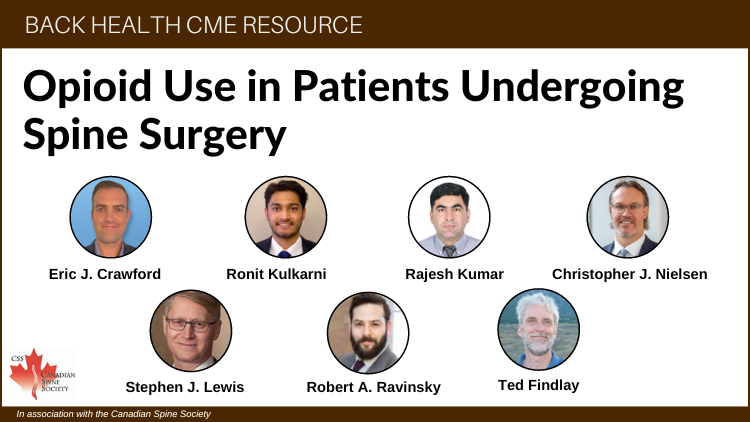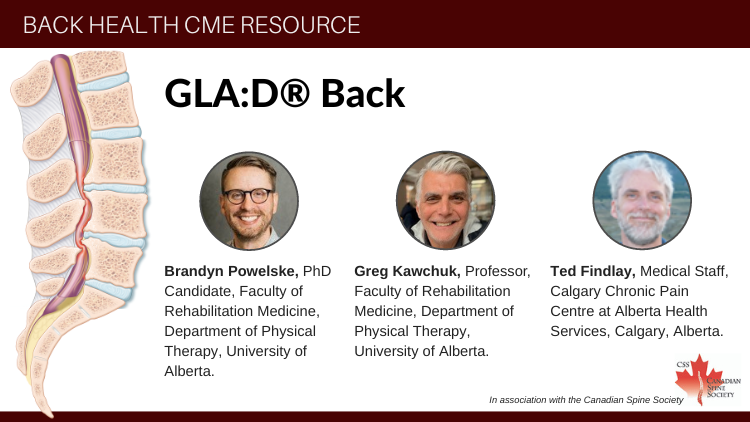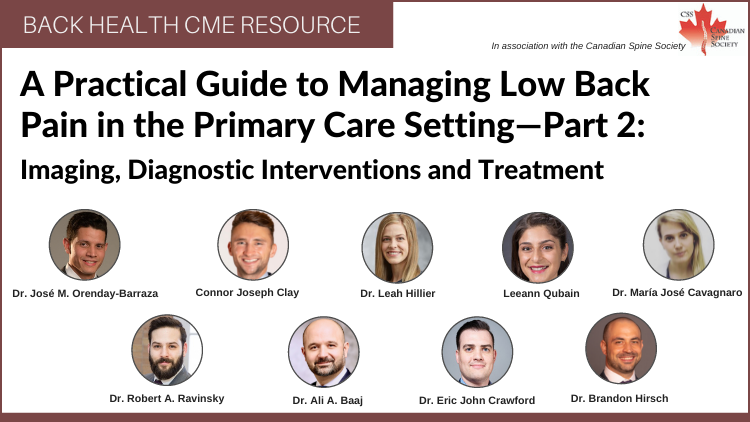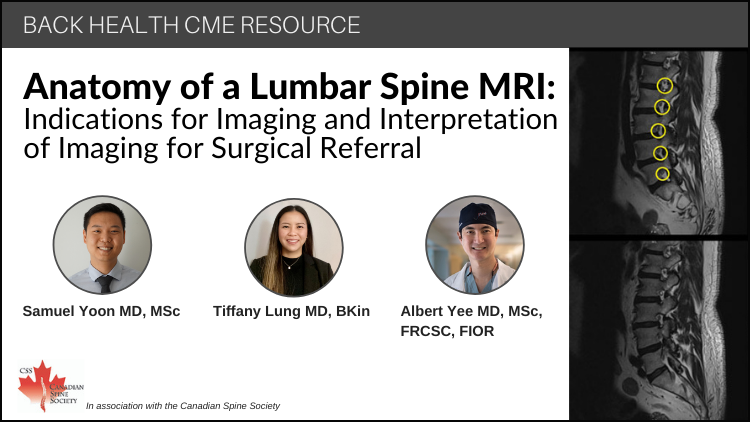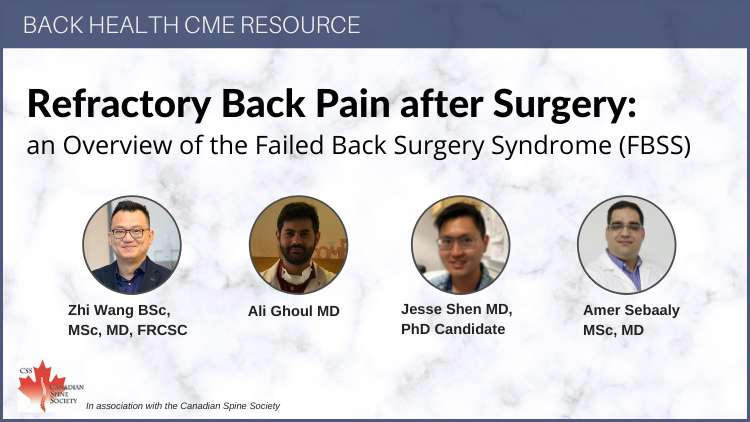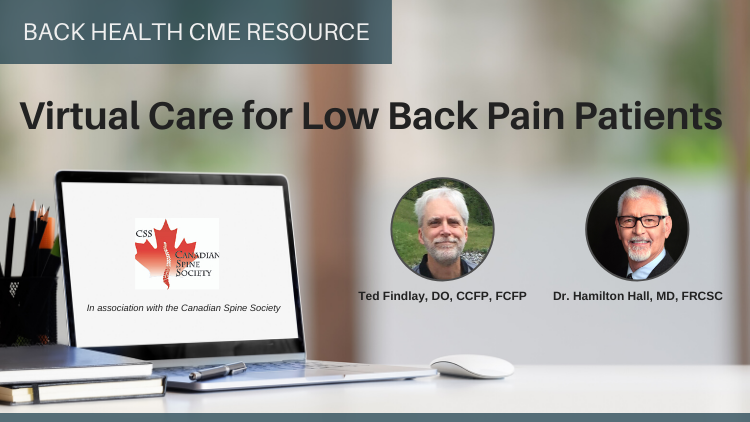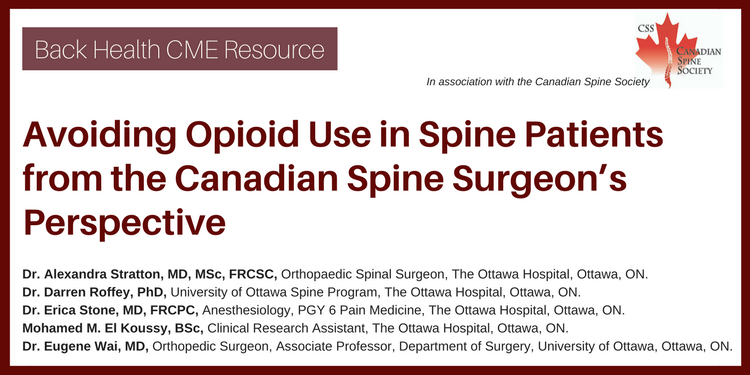1Medical University of South Carolina College of Medicine, Charleston, SC.
2 Orthopaedic Surgeon, Sault Area Hospital, Assistant Professor, Northern Ontario School of Medicine, Sault Ste Marie, ON.
3 Department of Orthopaedic Surgery, University of Minnesota, Minneapolis, MN, USA.
4 Department of Orthopaedics and Physical Medicine, Medical University of South Carolina, Charleston, SC, University of South Carolina School of Medicine, Columbia, SC.
5 Department of Orthopaedics and Physical Medicine, Medical University of South Carolina, Charleston, SC.


